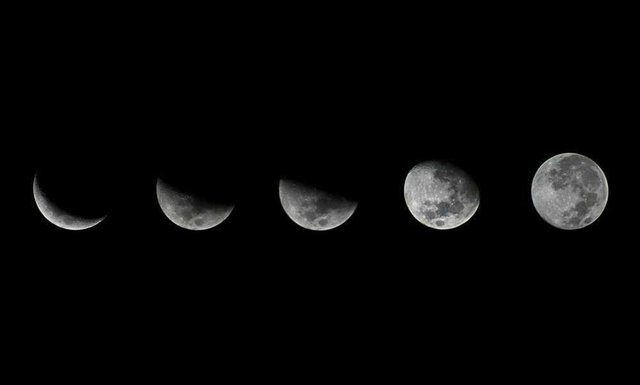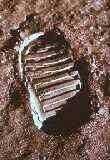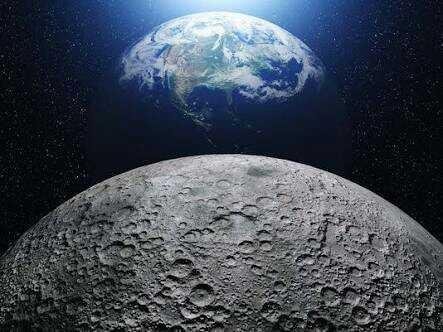The Moon

The Moon is the only natural satellite of Earth:
The Moon Profile
orbit: 384,400 km from Earth
diameter: 3476 km
mass: 7.35e22 kg
History of The Moon
Called Luna by the
Romans, Selene andArtemis by the Greeks, and numerous different names in different folklores.
The Moon, obviously, has been known since ancient circumstances. It is the second brightestobject in the sky after the Sun. As the Moon circles around the Earth once every month, the edge between the Earth, the Moon and the Sun transforms; we consider this to be the cycle of theMoon's stages. The time between progressive new moons is 29.5 days (709 hours), marginally unique in relation to the Moon's orbital period (estimated against the stars) since the Earth moves a noteworthy separation in its circle around the Sun in that time.
Because of its size and composition, the Moon is some of the time named a terrestrial "planet" along with Mercury, Venus, Earth and Mars.

The Moon was first gone to by the Soviet spacecraft Luna 2in 1959. It is the main extraterrestrial body to have been gone to by people. The main arrival was on July 20, 1969 (do you recall where you were?); the latter was in December 1972. The Moon is likewise the main body from which tests have been come back to Earth. In the late spring of 1994, the Moon was broadly mapped by the little spacecraft Clementine and again in 1999 by Lunar Prospector.
The gravitational forces between the Earth and the Moon cause some intriguing impacts. The most clear is the tides. The Moon's gravitational fascination is more grounded in favor of the Earth closest to the Moon and weaker on the contrary side. Since the Earth, and especially the seas, isn't splendidly unbending it is extended along the line toward the Moon. From our viewpoint on the Earth's surface we see two little lumps, one toward the Moon and one specifically inverse. The impact is significantly more grounded in the sea water than in the strong hull so the water swells are higher. Furthermore, on the grounds that the Earth pivots substantially speedier than the Moon moves in its circle, the lumps move around the Earth about once a day giving two high tides for every day. (This is a significantly disentangled model; real tides, particularly close to the coasts, are substantially more convoluted.) 
In any case, the Earth isn't totally liquid, either. The Earth's pivot conveys the Earth's lumps somewhat in front of the point specifically underneath the Moon. This implies the power between the Earth and the Moon isn't precisely along the line between their focuses creating a torque on the Earth and a quickening power on the Moon. This causes a net exchange of rotational vitality from the Earth to the Moon, backing off the Earth's turn by around 1.5 milliseconds/century and raising the Moon into a higher circle by around 3.8 centimeters for every year. (The contrary impact happens to satellites with uncommon circles such as Phobos and Triton).
The topsy-turvy nature of this gravitational communication is additionally in charge of the way that the Moon rotates synchronously, i.e. it is secured stage with its circle so a similar side is continually looking toward the Earth. Similarly as the Earth's revolution is presently being hindered by the Moon's impact so in the removed past the Moon's turn was impeded by the activity of the Earth, yet all things considered the impact was considerably more grounded. At the point when the Moon's pivot rate was eased back to coordinate its orbital period (with the end goal that the lump constantly looked toward the Earth) there was never again a topsy turvy torque on the Moon and a steady circumstance was accomplished. A similar thing has happened to the greater part of alternate satellites in the nearby planetary group. In the end, the Earth's revolution will be eased back to coordinate the Moon's time frame, as well, similar to the case with Pluto andCharon.